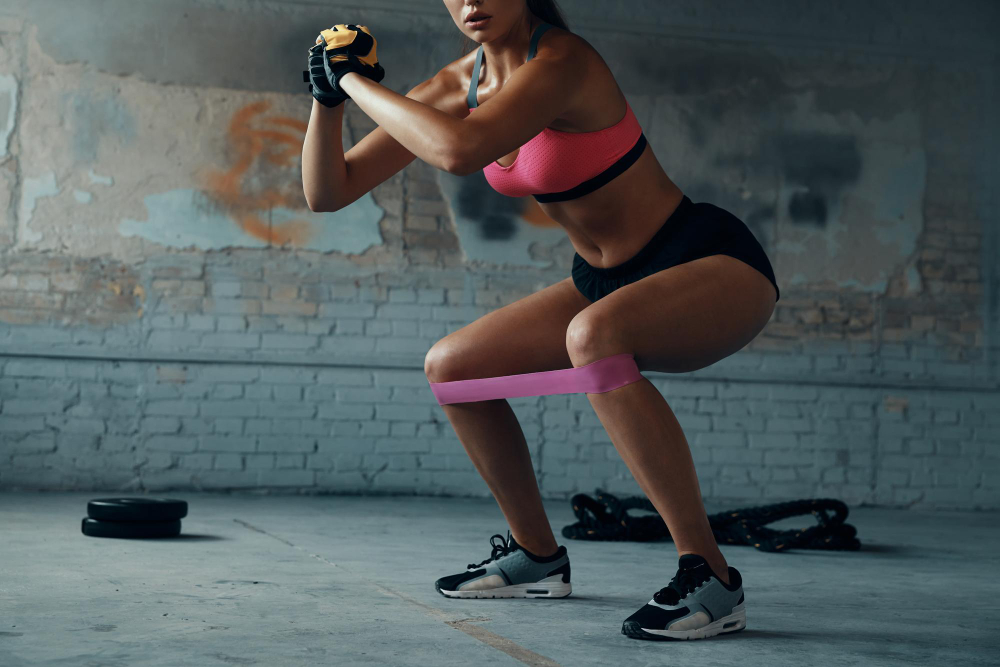The glutes are far more than just aesthetic muscles — they’re the foundation of lower body strength, power, and stability. Proper glute training begins with understanding the anatomy and function of the gluteus maximus, Medius, and minimus — three muscles that work together to extend, abduct, and stabilize the hips. The gluteus maximus drives explosive movements like hip thrusts and deadlifts, the Medius stabilizes the pelvis and defines the outer glute shape, while the minimus assists in balance and internal rotation. Building all three requires smart programming that combines compound strength movements, isolation work, and functional activation drills.
At the heart of glute training is the hip hinge — a movement pattern that teaches the body to load and extend through the hips rather than the lower back. Exercises like Romanian deadlifts, barbell hip thrusts, and kettlebell swings build dense, powerful glutes by training the posterior chain through full extension. Complementing these with vertical loading patterns like squats and lunges ensures the glutes are developed through both vertical and horizontal force vectors, stimulating all fiber types for balanced growth and performance.
To truly develop the glutes, the focus must shift from just moving weight to controlling tension. Quality of movement, not quantity, drives adaptation. Slower eccentrics, explosive concentrics, and strong mind-muscle connection ensure maximal fiber recruitment. Volume should fall around 12–20 total working sets per week, with a mix of heavy compound lifts in the 6–8 rep range and moderate-load isolation work in the 10–20 range. Progressive overload — gradually increasing resistance, tempo, or time under tension — remains key to continual growth.
Activation and stability work, like banded lateral walks, single-leg bridges, and cable abductions, prime the glutes and improve neuromuscular connection, ensuring the muscles fire efficiently during compound lifts. Balanced glute development isn’t just about aesthetics; it enhances posture, hip alignment, athletic performance, and reduces lower back and knee strain.
In essence, building strong, well-shaped glutes requires more than random exercises — it’s a structured approach that blends science, precision, and consistency. When trained through proper hinge mechanics, multi-angle activation, and smart volume control, the glutes respond with strength, symmetry, and function that improve not only how you look, but how you move.

